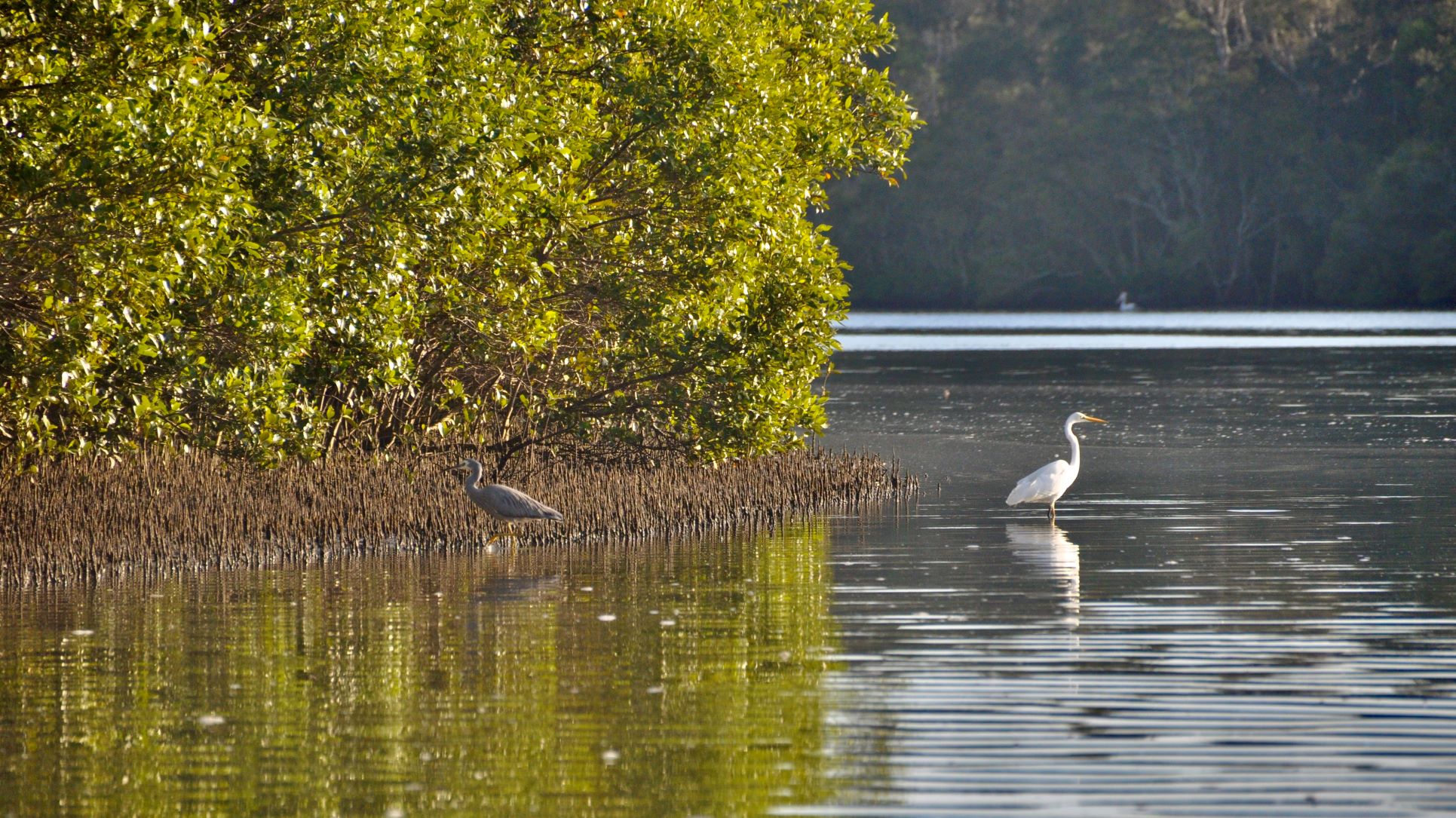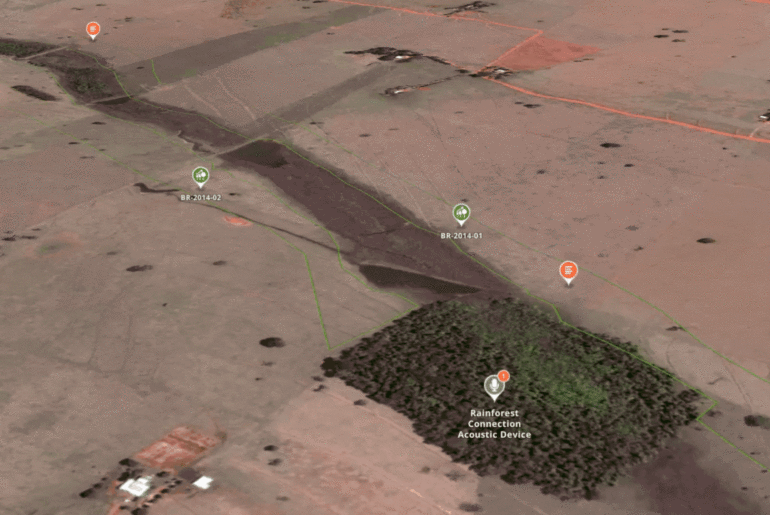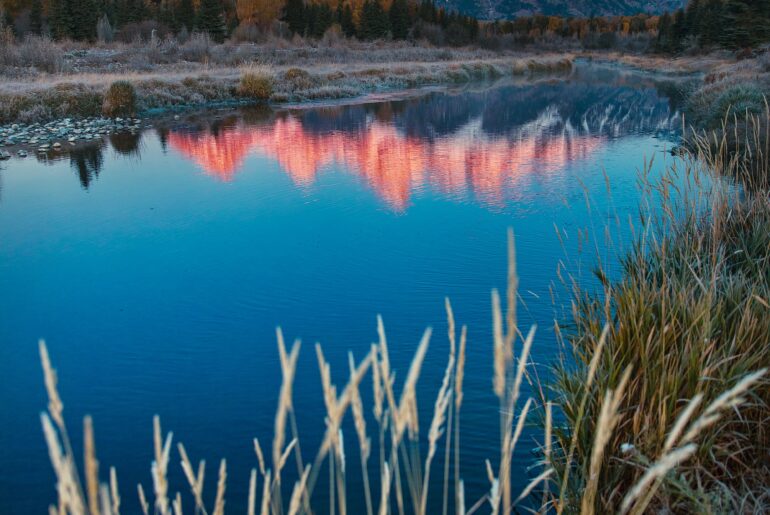The global ecosystem restoration movement is gaining traction. Investments in ecosystem restoration are on the rise and large financial institutions are launching restoration and biodiversity funds. This is, of course, good news. But, as always, the devil is in the detail.

Dr. Emma Carmody
Restore Blue Co-Founder and Director of Legal & Partnerships
Dr. Emma Carmody is an international environmental lawyer who has advised nation-states, treaty bodies, international organizations, Indigenous peoples, and farmers in Australia and abroad. In 2022, she co-founded a for-purpose business called Restore Blue with four leading coastal engineers and scientists. Restore Blue’s objective is to restore lost blue carbon ecosystems at scale.
While raising capital for Restore Blue, my colleagues and I discovered that there is a significant misalignment between fund structures and the reality of genuine ecosystem restoration work that goes beyond carbon offsetting.
There is a significant misalignment between fund structures and the reality of genuine ecosystem restoration work that goes beyond carbon offsetting.

What we discovered was this: most investors want to deploy capital through funds in 4-5 years, expecting the fund to be closed and returns to be realised within 10 to 15 years.
While it is relatively easy for plantation forestry targeting carbon offsets and timber to fit within this investment paradigm, it all but excludes ecosystem restoration targeting socio-ecological resilience and multiple ecosystem services. Degraded ecosystems take time to rehabilitate, meaningful work may be spread across several sites (as opposed to one, huge site), and financial returns to investors may take longer to materialize.
Consequently, the lion’s share of the investment community is focused on picking off the easiest, lowest-hanging fruit, which simply will not solve the mammoth environmental challenges that we are facing. What we really need is capital and influence to be directed to solving the harder, bigger challenges.
A part of this is reimagining how funds are structured and altering expectations around returns on investment (ROI). Don’t get me wrong: the returns are there. Our financial modeling demonstrates that very clearly. However, capital needs to be patient, and investors more creative, if we are to make a real dent in biodiversity loss.
Capital needs to be patient, and investors more creative, if we are to make a real dent in biodiversity loss.
I’ve spent the better part of my career working as a public interest environmental lawyer, the cornerstone of which is creative problem-solving. We don’t improve laws and environmental outcomes by continuing to employ business-as-usual strategies. We do it by running test cases, forming new alliances, and pushing legal boundaries. Every single day.
What we now urgently need is public interest finance which takes the best of existing models and combines it with new mechanisms designed to genuinely address the biodiversity and climate crises. Finance that is creative and pushes boundaries.
What we now urgently need is finance that is creative and pushes boundaries.


To that end, if you are a member of the investment community, please work with those of us in the ecosystem restoration space to devise new, exciting financial solutions that align with what nature needs locally and at scale. After all, biodiversity cannot adapt to our investment models, but we can adapt the models to suit our remarkable biosphere.
After all, biodiversity cannot adapt to our investment models, but we can adapt the models to suit our remarkable biosphere.
And let’s all remember that time is running out: according to the UN, we need $700 billion in extra funding a year between now and 2030 if we are to avert a full-blow biodiversity crisis. This means that every month that passes without sorting out the aforementioned funding conundrum is another month in which nature moves closer to the brink. We may need patient capital, but we need it urgently.
We may need patient capital, but we need it urgently.
Restore Blue will also be presenting at the explorer.land project stage during NOAH Zurich (6-7). Stay tuned for more insights on investing in ecosystem restoration.





